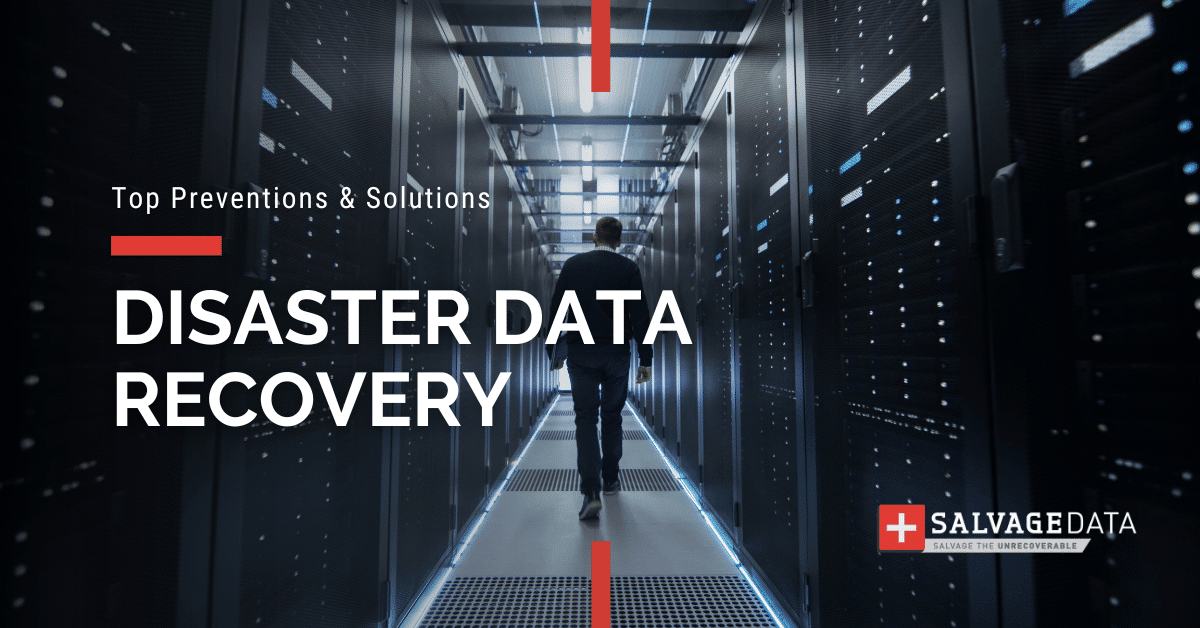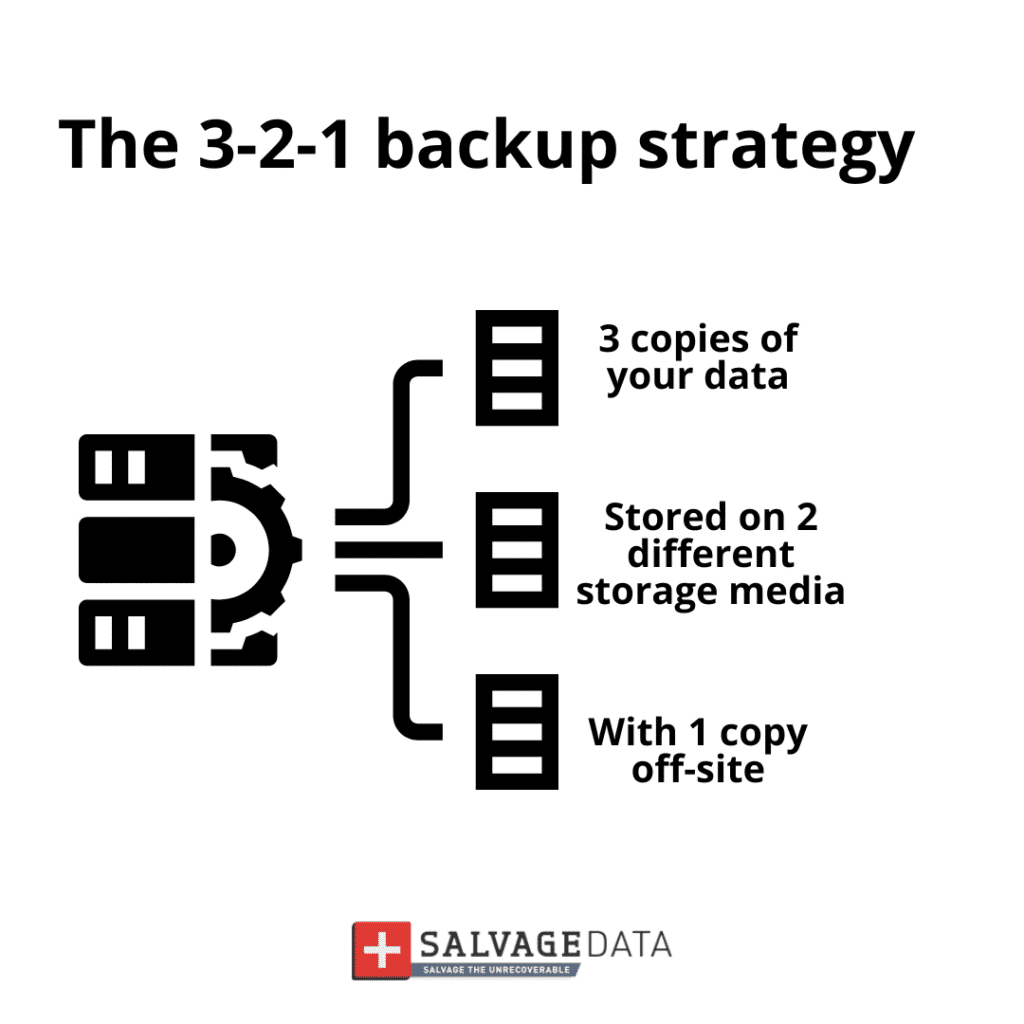
I think there's an issue with my storage device, but I'm not sure Start a free evaluation →
I need help getting my data back right now Call now (800) 972-3282
Data loss, whether from natural disasters or human actions, has profound economic and personal implications. Understanding these intricacies is crucial for fortifying Canada’s data infrastructure. It also ensures swift and effective disaster data recovery efforts. This is to address challenges from both natural forces and digital complexities.
By embracing a holistic approach that combines professional expertise with proactive measures, Canada can strengthen its defences against data disasters, paving the way for a resilient digital future.
Proactive data management involves regular backups and strategies like the 3-2-1 backup rule. This approach provides a robust foundation for data recovery and continuity.
Data disasters in Canada overview
Canada, like any other nation, grapples with the ever-present threat of data disasters. These disasters can come from natural calamities and human-induced threats.
The first step toward building a resilient data infrastructure is understanding the impact of floods, wildfires, storms, cyberattacks, and data breaches.
Natural disasters
Canada’s vast and diverse geography exposes it to a range of natural disasters. Each one is capable of wreaking havoc on data infrastructure.
The impact of natural disasters on data centers and storage facilities is significant.
The frequency and severity of natural calamities vary across the country. Coastal regions may face storms and rising sea levels. Northern areas contend with unique challenges, such as permafrost thawing. Providing regional insights is crucial for understanding the localized risks. It also helps tailor disaster recovery plans accordingly.
Human-induced threats
Humans can threaten data security in several ways, either innocent or malicious. Users can accidentally delete files or download unknowing malware or viruses. However, threat actors can infect machines and systems to steal or lock data. These types of incidents can be as disruptive as natural disasters.
The nature of digital threats is dynamic, requiring constant vigilance. Canada witnessed an evolution in cyber threats, from ransomware attacks targeting critical infrastructure to subtle phishing schemes aimed at individuals. Understanding these evolving threats is vital for implementing effective cybersecurity measures.
Realities of data loss
The repercussions of data loss extend far beyond the realms of inconvenience, casting a profound impact on economic landscapes and personal lives alike.
Data loss is a formidable threat to businesses. It can cause disruptions that reverberate throughout operations. Critical financial records, invaluable customer data, and proprietary information are essential. Losing them can cause financial setbacks, reputation damage, and even lead to business closures.
Individuals in the digital age are equally susceptible to the far-reaching consequences of data loss. Storing precious memories, personal documents, and sensitive information in digital formats can have profound emotional and practical implications if access to the data is lost.
Recovery solutions for Canadian businesses
When data recovery is needed, professional expertise should be businesses’ first choice. Professional data recovery services stand as a beacon of reliability. They have state-of-the-art facilities and customized recovery plans to mitigate data loss.
Data recovery service providers assure businesses that their critical information is in the hands of experienced engineers. The engineers are equipped with specialized tools and techniques. These services provide tailored solutions that transcend the limitations of conventional recovery methods. They address severe physical damage and intricate mechanical failures.
Professional services, such as those offered by SalvageData, encompass a comprehensive approach. This includes a free hard drive evaluation, the development of customized recovery plans, transparent no-obligation quotes, and the execution of recovery operations in state-of-the-art Class 10 ISO 5 cleanrooms.
Data backups and prevention
Regular backups are the most reliable and cheap way to guarantee data recovery. They are essential in case of a disaster or incident. Proactive data management through regular backups is the best way to do this.
Businesses can enhance their data recovery capabilities by implementing actionable tips. They can also embrace redundancy and diversity in their backup strategies. This also establishes a solid foundation for continuous operations. It brings peace of mind in the ever-evolving digital landscape.
The 3-2-1 backup rule is a simple yet powerful strategy. To follow it, maintain three separate copies of essential data. Store them on two external storage devices or services. Keep one copy off-site.

This redundancy and diversity ensure that businesses are well-guarded against a range of threats. They protect from hardware failures and unforeseen disasters. This provides a robust foundation for data recovery and continuity.
The first step is identifying critical data that needs protection. Then, select suitable external storage devices, such as external hard drives or cloud services.
Automated backup processes should be established, minimizing the potential impact of human error. Businesses seeking extra security can adopt a hybrid backup strategy. This strategy combines local and cloud backups to balance accessibility and redundancy.
Quick summary
Data disasters pose a serious threat to Canada’s data infrastructure and security. They can result from natural calamities or human-induced threats, and they can have devastating consequences for businesses and individuals alike.
To prevent and mitigate data loss, Canada needs to adopt a holistic approach that combines professional expertise with proactive measures.
Professional data recovery services, such as SalvageData, can provide reliable and customized solutions for data recovery in case of severe damage or failure.